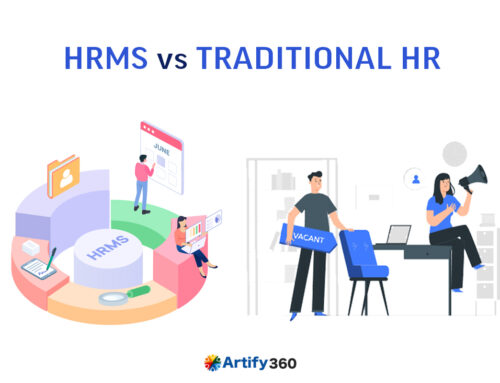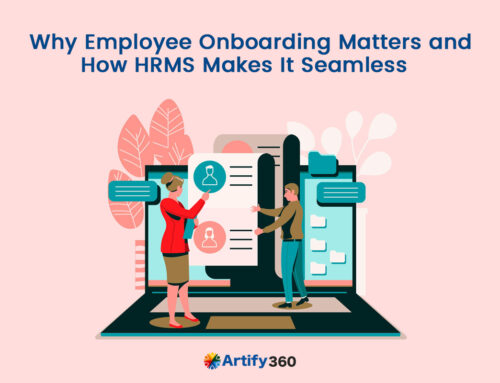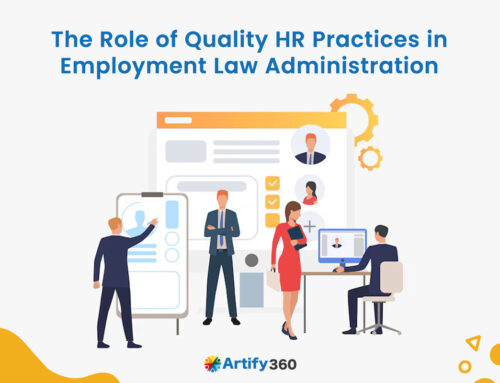Digital technology serves office tasks to make daily operations easier and within budget. HRMS manages HR tasks using technology-driven programs. With an understanding of digital technology like HRMS and cloud computing, human resource management has become easier.
Cloud computing is achieved by the use of servers, storage, and software connected to the internet. The moment you hear about cloud computing, it points to data storage and data security. But the main function of cloud computing in the HR management system is the organization of data and its analysis. HR systems are changing the way we look at office work. There is a rapid expansion in handling functions like payroll functioning, recruitment strategies, onboarding processes, and management of employees—absenteeism, lateness, etc.
HR management is a data-heavy department. Always there is an influx of data such as employee data, performance reviews, payroll information, and employee feedback. HR managers do not need to do manual tasks as before, and cloud-based HRM software handles all the HR tasks. The cloud-based system compiles data into one working unit. You can access the cloud whenever you need it, as data is hosted on a server. The size of the organization is immaterial to cloud-based HR systems and it can handle the colossal amount of data from large organizations. HR work is completely switched from paper to computer screens or mobile phones
Using cloud-based HRMS, administrative tasks in the office can be easily managed. Employee performance is measurable using cloud-based HR software. The data is recorded in a cloud-based system in real time. Dashboards are present for data analysis. Cloud HR systems keep an employee familiar with updates and training is given in hours. You can study the performance of an employee in a quick way. Real-time assessments of employees can be done daily. Appraisals consume time and need a lot of paperwork. With cloud HR software, there is a real-time recording of employees’ performance in the cloud.
When employees find focus in their work that has a positive effect on productivity. What if employees needed to fill out a survey form with feedback in it? Cloud HR systems enable the employees to quickly send the survey to the managerial team. Employees are asked to fill out questionnaires to measure their adaptability in business.
If employees need to access information about their salary and benefits, the cloud HR system helps to check it. It also helps to change pay and benefit settings.
Cloud-based HR software will be doing most of the computing in an HR desk. So recruiting and onboarding has become easier and better than ever before. Because the data is stored in a cloud, a lot of time is saved to search for new hire data or employee data.
Employees can self-administer their HRMS app without the help of the HR team. The HR team does not need to spend more time updating the details with the feature of self-administering tools.
Upgrading HR as a human resource strategy
Using a cloud-based HR system the rapport between the HR team and the employees can be made strong. Nowadays HR strategy helps in employee engagement and imparting confidence among employees. The data is centralized and reports are made in less time and analyzing trends has become an easy task.
The HR team has total control over the accessibilities and unwanted visitors into the HRMS system are avoided. Also, cloud-based HR systems ensure total security of data, and the personal data of employees are guarded so that it is never accessed by unwanted visitors or hackers.
Recruitment and onboarding have long been important duties for human resources development. The hiring process involves a lot of data from setting up interviews, reviewing applicants, gathering interview feedback, and ultimately sending out job offers.
Closing Thoughts
With all new technologies emerging, the human resource department is embracing software systems to take care of employees, who can influence the quality of products.
Using machine learning and intelligent systems are simulating systems that are providing more employee satisfaction.






